Kinesio Taping Technique
What is a Kinesio Taping Technique?
Kinesio Taping, often recognized by the colorful strips of tape adorning athletes, is a therapeutic tool and technique used to support and stabilize muscles and joints without restricting the body’s range of motion. This method, created in the 1970s by Japanese chiropractor Dr Kenzo Kase, aims to support and stabilize joints and muscles while promoting the body’s natural healing ability.
Since then, it has become the technique of choice for treating edema, soft tissue injury, malalignment of the tissues and joints, pain management, and more. Different types of Kinesio Tex Tapes are used in the Kinesio Taping Method; these tapes have varied properties and are intended to be placed with higher tensions or on delicate, sensitive skin. Animals have also benefited from the Kinesio Taping Method, which uses two unique tapes: Kinesio Equine and Kinesio Canine.
Properties of Kinesio Tape
The latter option is recommended when applying Kinesio Tape on delicate skin and needing higher tape tensions to achieve what you want. The tape is attached to the paper backing using a plastic adhesive with a 10-15% stretch. The following extra features are also available with Kinesio Tex Tape:
- Possibility of extending to 120–1400% of its initial length
- Return without extending to the applied anchor.
- Adhesive with heat activation
- Most users can safely use the tape because of its hypoallergenic colors.
- Without latex
- After being wet, it takes five to ten minutes to dry.
- Wearable for several days
Type of Kinesio Tex Tapes
Currently, two types of tapes and four types of tapes are available for use with the Kinesio Taping Method in human applications. Depending on the intended result and the client’s skin type, each clinician can select the best kind of tape. Use Performance+ or Classic Tape when considering taping for someone who is not trained.
The following are the various kinds of tapes and their features:
Kinesio Tex Classic: the original tape, which has undergone multiple improvements throughout time, is the most adaptable since it works well on all skin types and is excellent for all uses.
Kinesio Tex Gold: Only skilled specialists may use this unique adhesive distribution, which is ideal for low-tension applications and allows for strong connection without requiring a large surface area.
Kinesio Equine: created to enable the application of the Kinesio Taping technique on horses; it may be applied directly to the hair of horses and is too palatable for them to chew.
Kinesio Canine is applied to dogs and is effective on dog hair.
Theory of Kinesio Taping Technique
The foundation of Kinesio Taping theory is the impact of mechanical stimuli on various body systems and neurophysiological mechanisms:
Skin: The concentration and density of tissue in the dermis and epidermis are altered by a minimal degree of stretch produced by applying Kinesio Tex Tape to the skin. Mechanotransduction is the process by which a mechanical stimulus is converted into an electrical impulse that moves cells. Kinesio Tex Tape creates pressure and stretch on the skin that may be able to activate mechanoreceptors. This stimulus modifies pain responses through CNS interaction.
Fascia: Using Kinesio Text Tape modifies the tissues’ tension components to promote homeostasis. Through the movement of the skin concerning the target tissue, the tension generated by the tape releases any mobility limits in the fascia.
Lymphatic and Circulatory System: Applying Kinesio Tex Tape helps microvalves open more easily due to dynamic pressure variations caused by changes in skin density. The dermis’s lymphatics are stimulated by this decompression, which also increases lymphatic flow.
Reduced tissue inflammation and edema are the results. Additionally, it is hypothesized that elevating the skin separates the filaments that bind the skin to the lymphatic and capillary beds’ endothelial cells. It is suggested that doing this will open up pathways for lymph to drain, which will lessen swelling and improve blood flow to the affected area.
Basics of Application
- The Kinesio Taping Method-specific assessment tools must be used in this process.
- Apply the tape to dry skin that is free of oil and moisturizer.
- If at all feasible, remove body hair from the area by shaving or cutting it.
- Observe the rules for tension.
- To avoid the tape pulling off too soon, round all of the edges.
- After removing the backing, don’t contact the adhesive side of the tape as this could weaken the adhesive’s hold on the skin.
- To determine post-application outcomes, evaluate
- Advise the patient to avoid activities that result in sweating for at least 30 minutes.
- Tell the patient to take off the tape if they experience any burning or itching, or if the pain gets worse.
Give the patient a consent form that has been informed and an information sheet that includes the following details:
- signs and symptoms of inflammation and allergies on the skin
- guidelines for removing the tape
- details on how long to wear it
- Contact details for a physical therapist
Contraindications and Precautions
When using the Kinesio Taping Method, physical therapists are allowed to use their own judgment. The Physical therapist’s clinical experience and the taping expertise she obtained from taking Kinesio Taping Method certification courses must be taken into consideration while making this selection.
General contraindications are:
- DVT
- Malignancy
- Previous allergic response to Kinesio Tex Tape;
- Open wound, Cellulitis, infection
General precautions are:
- Kidney disease,
- Congestive heart failure (CHF)
- Dialysis patients, Diabetes, pregnancy, and organ transplants
Types of Applications
A different application that targets each physiological system is as follows:
- The position of the patient at the application
- Direction of the tape (proximal or distal)
An I-strip with a longitudinal cut extending from one end and a solid other end, or base, is called a Y-strip. The divided ends, often called tails, are found near a muscle or joint’s edge. Kinesio Tape’s inventor, Dr. Kenzo Kaze, it’s like “taping your hands around the muscle.”
Y-Strips can be used for:
Reducing pain and swelling: encouraging weak or injured muscles to contract more forcefully, and blocking an injured or overused muscle to promote recovery and rest.
supplying additional support around a damaged or weak region
Wrap the intended muscle
It should be two inches longer than the target muscle to inhibit or assist muscular impulses.
Y-Strip Application Technique:
Place the taped area in its most stretched position. Remove the backing from the Y’s base and place it above or below the muscle’s belly. Repeat along the opposing muscle’s border with the opposite tail. While mechanical correction approaches call for a 50–70% stretch, the tape should be applied without stretch for pain management.
‘I’ tape application is generally used for:
- Acute injuries rather than “Y” tape;
- pain and edema as the main effects;
- and alignment correction
Depending on how big the area is that needs to be taped, the length and width may change. I strips are placed immediately over a sore or damaged location, or along a muscle’s belly. They supported Structures for Damaged Ligaments, Muscles, Tendons, and Joints.
An application of structural support aids in preventing harmful ranges of motion and safeguards healing tissues. Additionally, it can be applied to enhance movement dynamics or posture. First, apply this end, and then tense the affected muscles.
Spot Pain Relief
Acute or localized pain can be promptly relieved with this decompressive technique. Cut a little piece of tape that is only slightly longer than the treated region. After removing the backing paper from both sides, fold the strip in half. Holding both ends of the tape, place it directly over the hurting spot and stretch the middle section about 75%. Lay the strip’s ends down without any strains after removing the paper from each end. You can apply a second strip perpendicular to the first one if needed.
‘X’ tape application is generally used when:
An X strip is a solid piece of tape that is usually 2-3 inches long and has longitudinal cuts from both ends toward the solid center. As a result, the tape has tails on both ends that, when spread and used, form the letter X. Uses for the X arrangement include:
Point Pain Applications
Remove the backing from the central region and rip the backing paper where each tail connects the center. Stretch the middle of the tape 70–80% while holding the ends together, then place it directly over the painful area’s focus point. Put the affected part in its most stretched-out position. Remove the backing paper from each tail individually, then put it around the adjacent muscle borders without stretching.
More Complex Structural Support
X strips are useful for muscles that cross two joints or have several muscle bellies, such as the rhomboid major and minor. They have tails on both ends, which explains this.
Fan/Web’ tape application is used for:
Since edema strips can reduce pain and swelling, they offer strong proof of the effectiveness of kinesiology taping. Edema strips are spread in a fan-like arrangement across the damaged area and are made with a solid anchor end connected to four or five narrow tails. This design has earned them the nickname “fan strips.” In a fraction of the usual time, swelling and bruising are relieved when the lymphatic fluid drains from a traumatized region due to the tape’s lifting action.
How to Apply Edema Strips
Apply the base of one edema strip to one side, just above or below the swelling, while the damaged area is stretched and elevated. Individually,
Take off the backing from the tails and place them over the damaged region in the shape of a fan, slightly stretching them.
‘Donut’ tape application is generally used for:
Oedema (cut the center out over the area of concentration and apply overlapping strips)
they were achieved by cutting through the middle of an I-tape strip rather than the ends after folding it in half. When unfolded, the ends remain linked, resembling a cookie, but there will be a sizable “hole” in the center. This method is frequently used on the knee, where the sides of the circle are taped around the kneecap, which fills the hole.
Insertion To Origin:
- utilized to prevent overstretching or misuse of muscles;
- light stretching is done for a purpose
Origin To Insertion :
- Used to support weak or underdeveloped muscles
- mild to moderate stretching is necessary
Clinical Implication:
Evidence level: weak
What is supported by the evidence?
- Promote range of motion;
- Improve function;
- Reduce swelling and edema
Pros
- Some data supports ideas.
- provides a treatment plan Appropriate for different patient populations
- The sensation of being cared for promotes mobility
- Flexible
Cons
- There is little evidence to support beliefs;
- high cost;
- practice is necessary
- Skin irritation
Patient Care Advice:
- If the tape begins to come off, rub it to re-establish the bond.
Type of Application Stretch
- The ideal approach is to stretch the targeted tissue before taping it.
- 0-5% ultralight (epidermis)
skinny 5–10% (dermis)
10% to 15% of paper-off (superficial fascia)
In the middle, 25–50% (deep fascia)
75% severe (tendon)
Completely 100% (ligament) - Tape direction and Technique used
To determine the tape method and direction, a tissue inspection is conducted. There is only one part to MDT for muscles: glide.
Side Effects Of Kinesiology Taping
In order to avoid this, use a test strip beforehand to see if the patient is allergic to the tape.
Conditions Treated By Kinesiology Taping
Athletic patients who have been harmed can be treated with tape alone. However, it works best when combined with other physical therapy methods. Many diseases can be treated with this therapy, some of which are included below Many diseases can be treated with this therapy, some of which are included below:
- Cervical, shoulder, elbow, wrist, lumbar, hip or groin, knee, and ankle pain and swelling.
- Shoulder instability
- injury to the shoulders
- Tennis elbow
- strained quadriceps and hamstrings
- Plantar fasciitis
- Unstable ankle
- Turf toe
- malfunction of the tibialis posterior
- Bunions
- Patellofemoral Stress Syndrome
- Achilles tendonitis
- Retraining the Muscle
FAQs
What is the basic principle of the kinesio taping technique?
The tape can effectively relieve edema and pain, totally immobilize the treatment region, and prevent secondary damage by restricting the range of motion through stabilizing and immobilizing joints or muscles.
Do physiotherapists use kinesiology tape?
Kinesio taping is a kind of tape that increases fitness and speeds up the healing process from injuries. It is the colorful tape that is placed on the lymphatic system nearby as well as the site of injury. It is simple to use, but for treatment to be effective, a physical therapist must apply it appropriately.
What are the 5 main physiological effects of Kinesio tape?
Enhancing kinesthetic awareness, decreasing defensive muscle guarding and pain, enabling ligament and tendon function, and improving joint biomechanics and alignment are all possible benefits of kinesio tape.
What is Kinesio taping used for?
Kinesiology tape is a thin, flexible tape designed to improve athletic performance and reduce muscle contraction. Kinesiology tape’s elasticity, or stretchiness, permits mobility.
What are the side effects of kinesio taping?
There may be sleepiness, dizziness, or skin irritation (such as dryness, redness, stinging). Notify your pharmacist or doctor immediately if these side effects continue or worsen.
What is the best kinesiology tape?
Overall, RockTape is the best kinesiology tape.
KT-Tape Pro Pre-Cut Strips are the best pre-cut.
Sticky Extra Rock Tape is Perfect For Extended Events.
Kinesio Tex Gold: The most comfortable.
Dynamic Tape Works Best for Supporting Muscles.
Who benefits from kinesio taping?
Kinesio tape, however, has various uses outside of the sports field and is undoubtedly not limited to aiding runners. Additional individuals who could benefit from using K tape include those with wrist pain from prolonged typing or back pain from manual or sitting jobs.
Are there different types of kinesiology tape?
These days, kinesiology tape is available in over 50 different brands and kinds, including as Kinesio Tape, KT Tape, and RockTape.Certain tapes are for athletic performance, while others help with lymphedema and swelling.
Who should not use kinesio tape?
kinesiotape precautions and contraindications
Not advised for individuals who have a fever. Not advised on skin that is broken or injured. Pregnancy calls for special attention. Only after speaking with a treating therapist may treatments be very helpful now.
Can I shower with kinesiology tape?
What to do if your tape becomes wet.There’s no reason to worry about your tape getting wet. Because it is water-resistant, you can wear kinesiology tape when bathing, swimming, or even taking showers. After engaging in activities that cause the tape to become wet, you can gently pat it dry with a cloth.
Reference
- Dhameliya, N. (2023b, May 28). Kinesiology Taping –. Samarpan Physiotherapy Clinic. https://samarpanphysioclinic.com/the-kinesiology-taping/
- What is Kinesio Taping Therapy? What conditions are treated by Kinesio Taping Therapy? Who will benefit from Kinesio Taping Therapy? (n.d.). Cbphysiotherapy. https://cbphysiotherapy.in/therapies-offered/kinesio-taping-taping-therapy

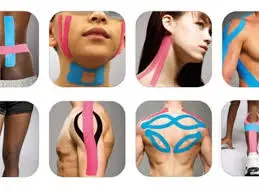
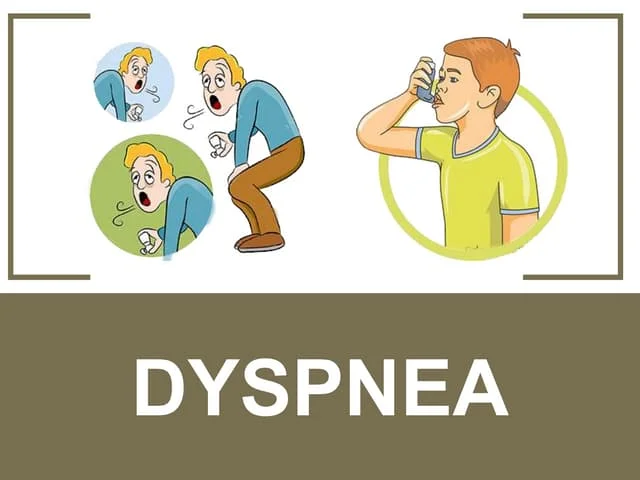
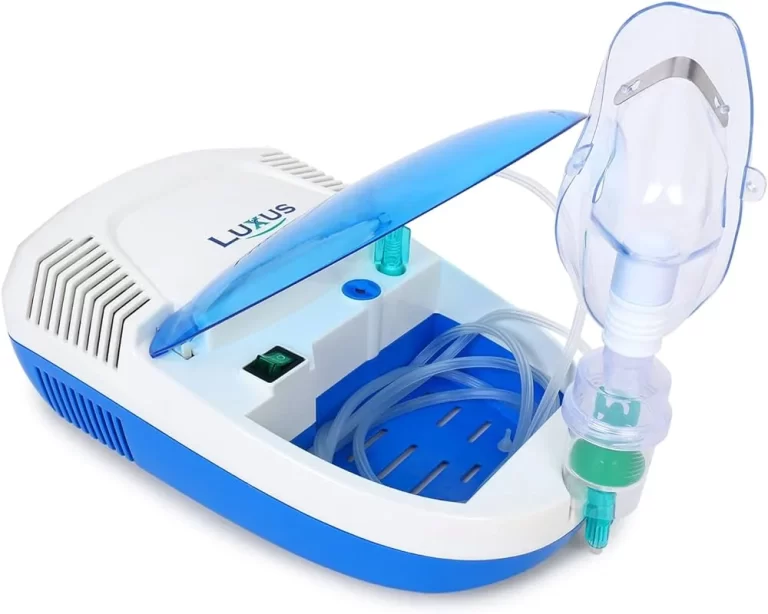
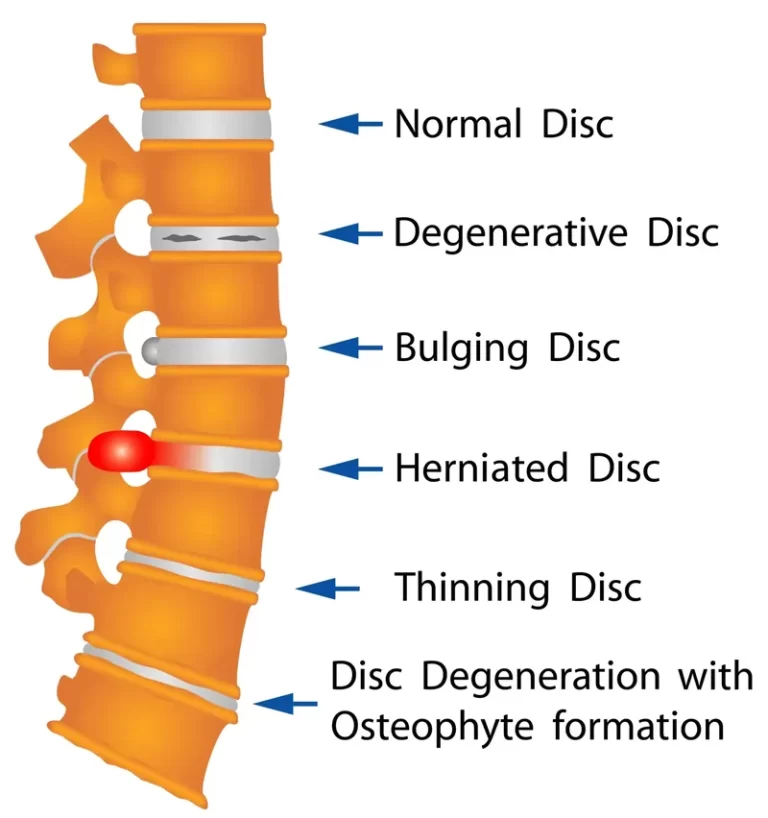
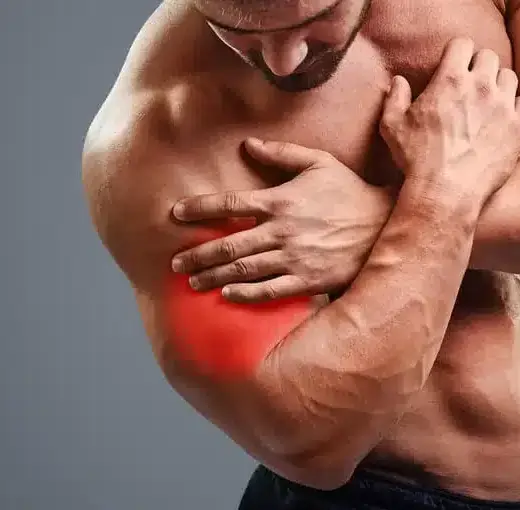
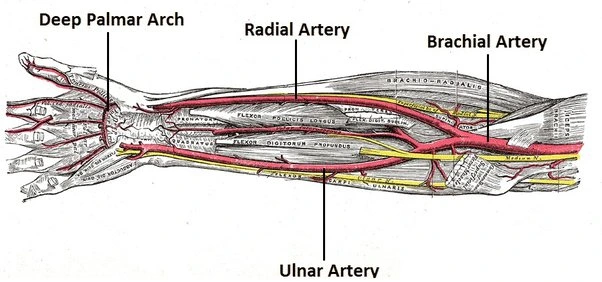
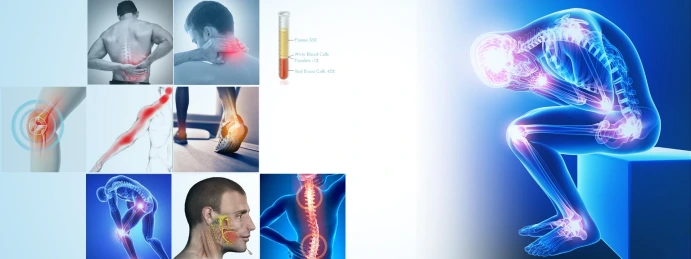
3 Comments